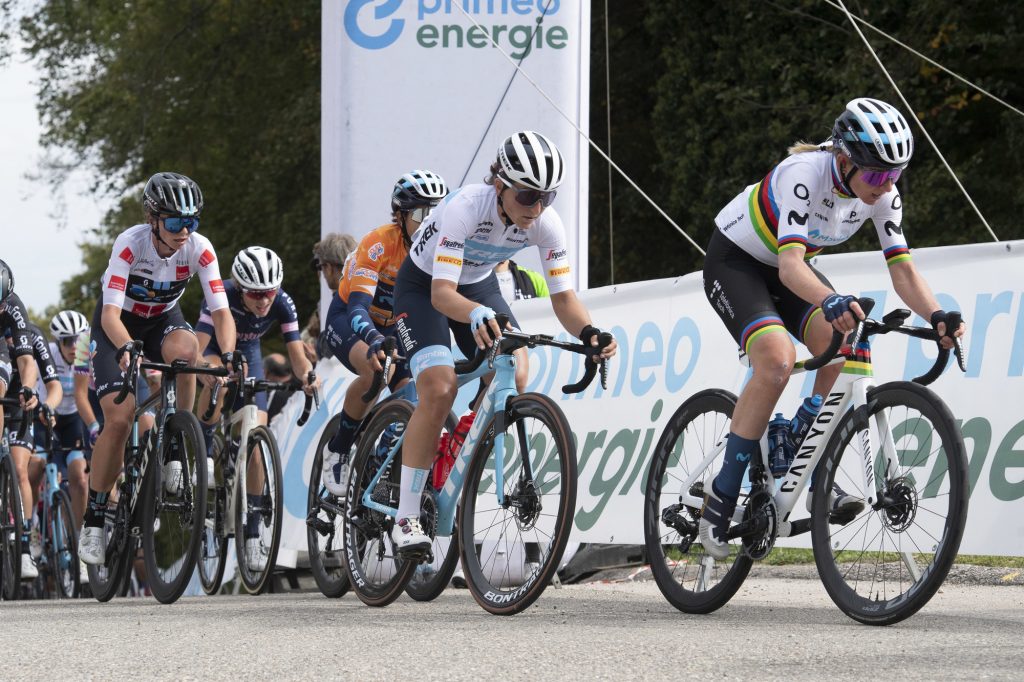With the great road cycling season over, we continue to talk about two wheels with the specialists from the Mapei Sport Research Centre, who are closely following some of the champions who wore the rainbow jersey at the recent World Championships in Wollongong, such as the Dutch Ellen Van Dijk, but also many young people who are often in the delicate phase of growth.
Despite the fact that several years have passed since the publication in the Official Journal of the American College of Sports Medicine of the research Aerobic fitness variables do not predict the professional career of young cyclists, the research conducted by the Varese centre’s technicians is still topical and interesting in that it confirms how aerobic fitness variables do not predict the professional career of a young cyclist.
Aldo Sassi, Paolo Menaspà and Franco Impellizzeri took into account the data of over 300 junior cyclists who had undergone a maximum incremental test over the years to determine peak oxygen consumption and the respiratory compensation point (also defined as the ventilatory anaerobic threshold). After classifying the cyclists included in the study according to competitive level and speciality, the aim of the research was to understand whether the parameters considered were able to discriminate the athlete’s calibre and predict the future professional career of young cyclists.
The main results showed that pro-tour, national and professional athletes had higher absolute values of maximum oxygen consumption than their non-national and non-professional counterparts. Similarly, professional climber cyclists showed higher relative (i.e. normalised for body weight) values of maximal oxygen consumption than non-professionals.
Although some of these variables undoubtedly influence the probability of young riders turning professional, no model was able to absolutely identify the cyclists who would turn professional in the future. Researchers at Mapei Sport have shown that traditional physiological measures of aerobic fitness are useful in identifying junior cyclists who have the potential to excel in their category. However, these variables alone cannot be used to identify talent, if by ‘talent’ we mean a young cyclist who will succeed in becoming a champion.
